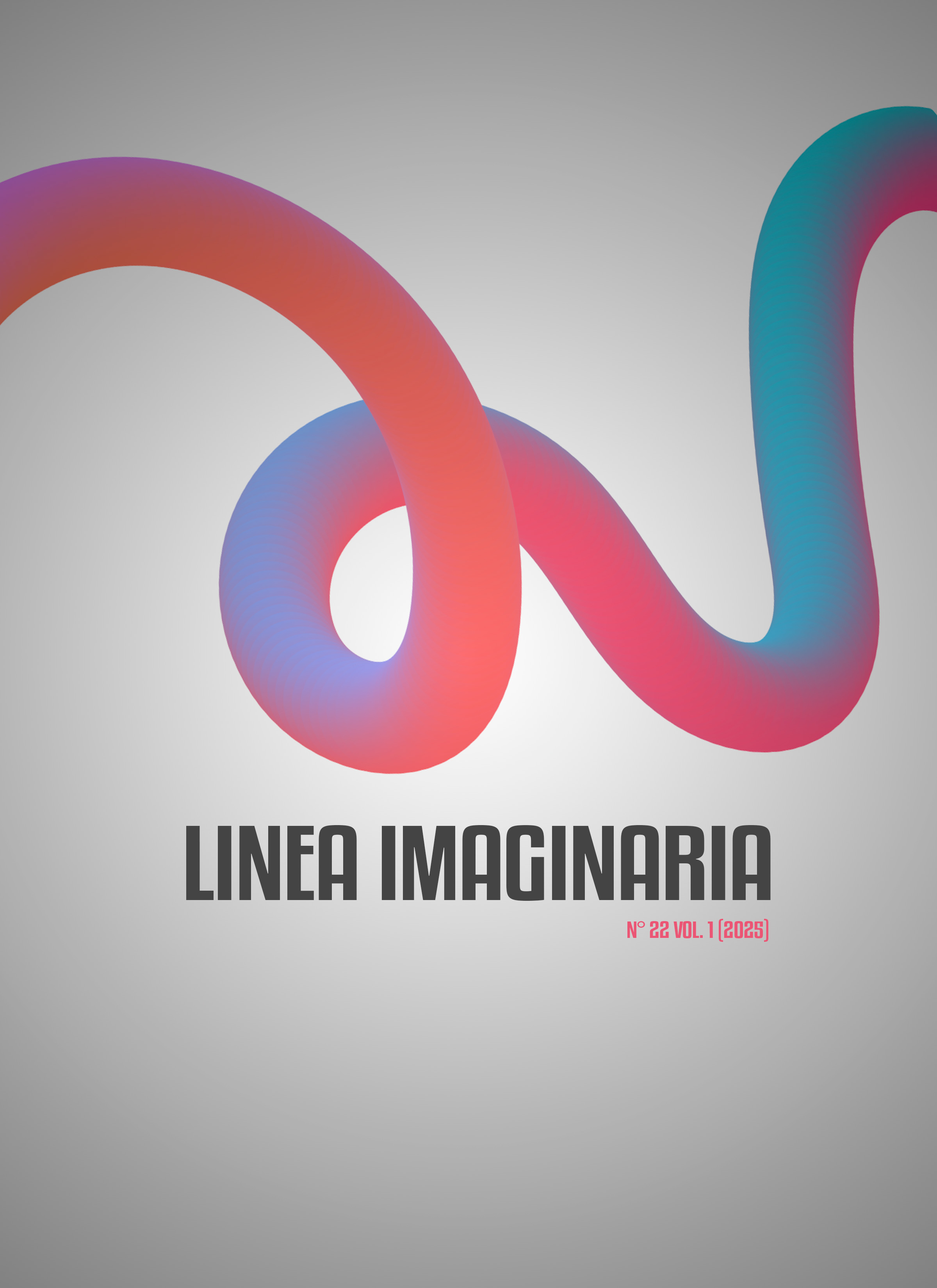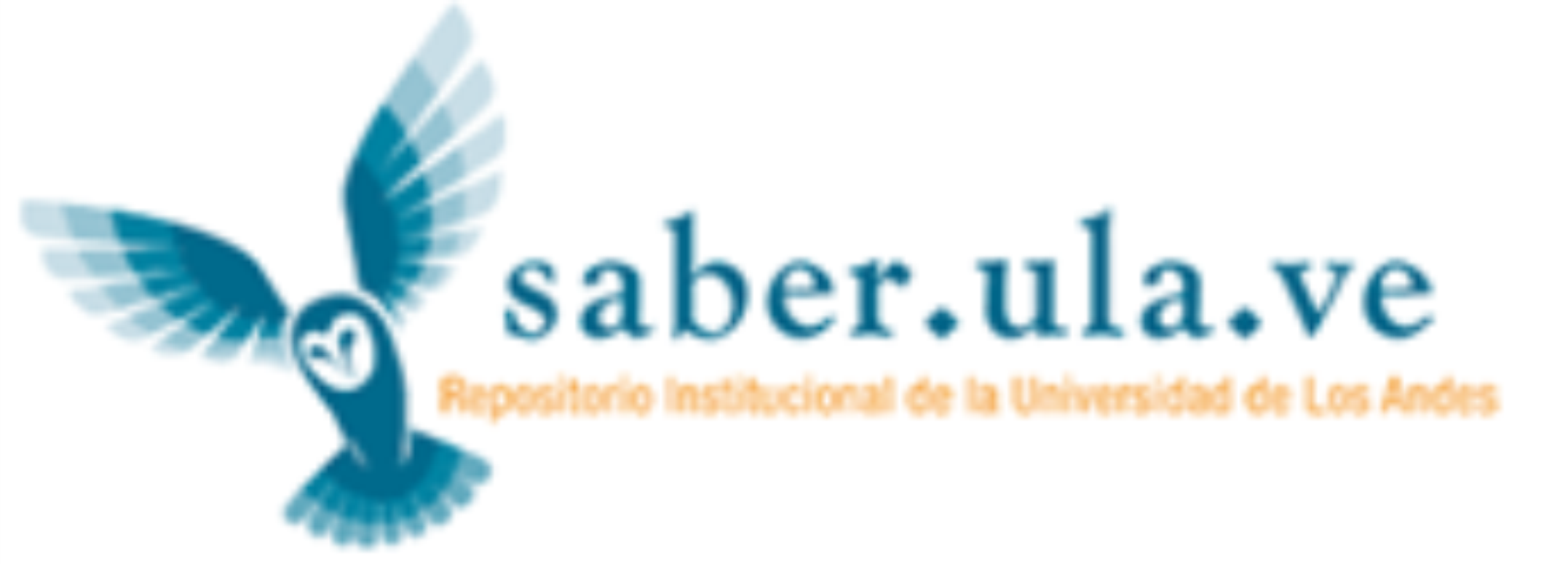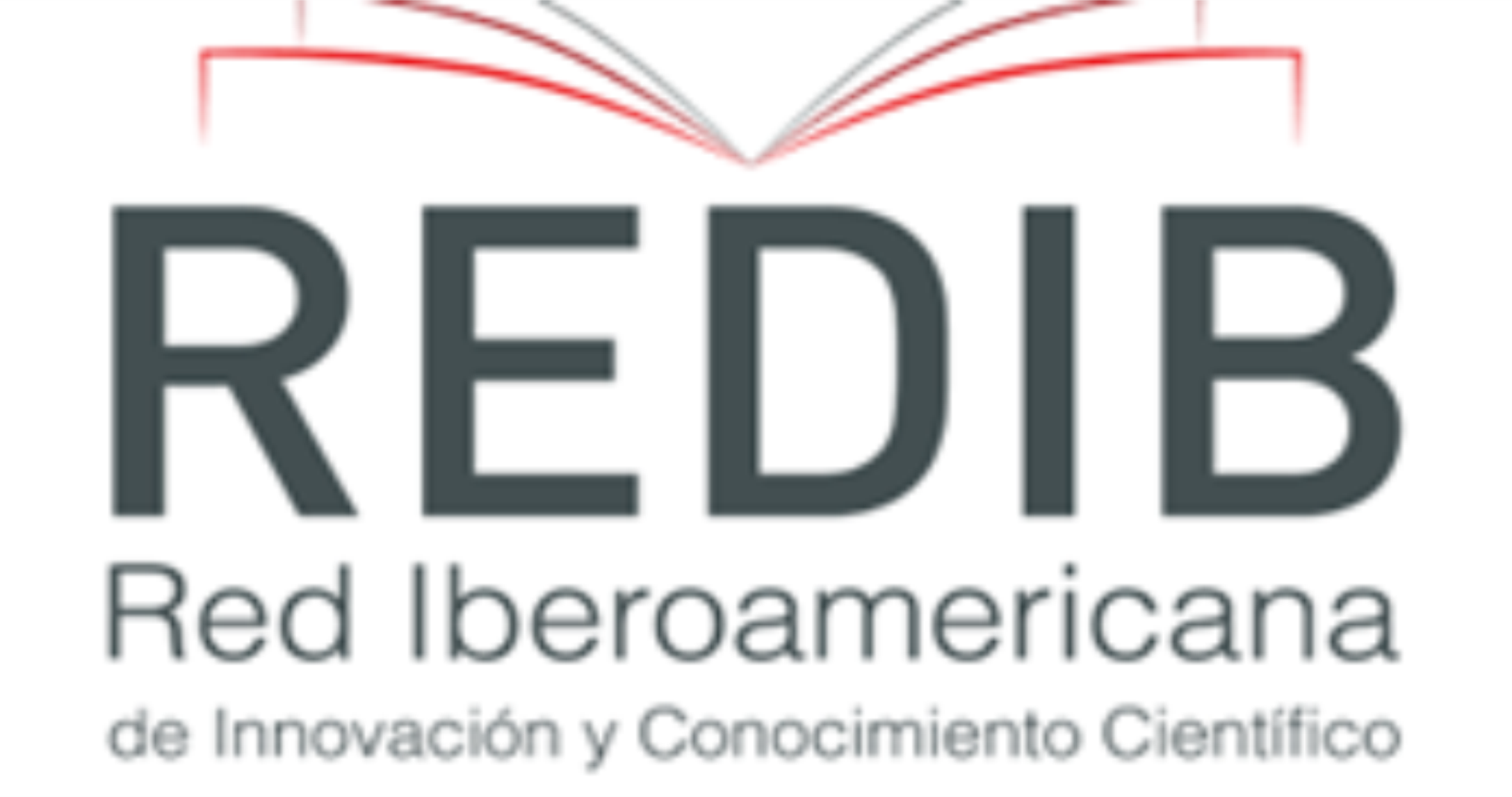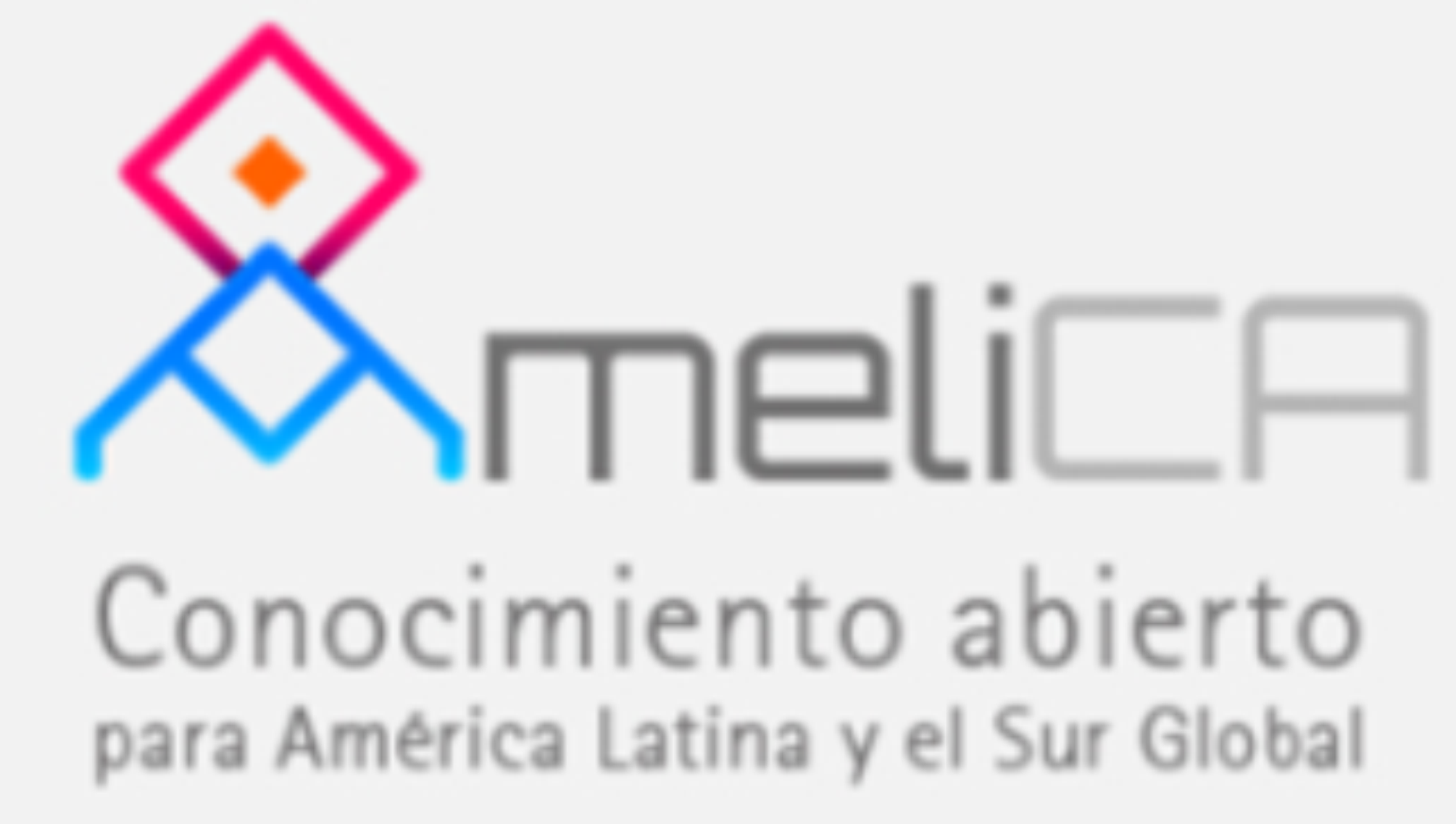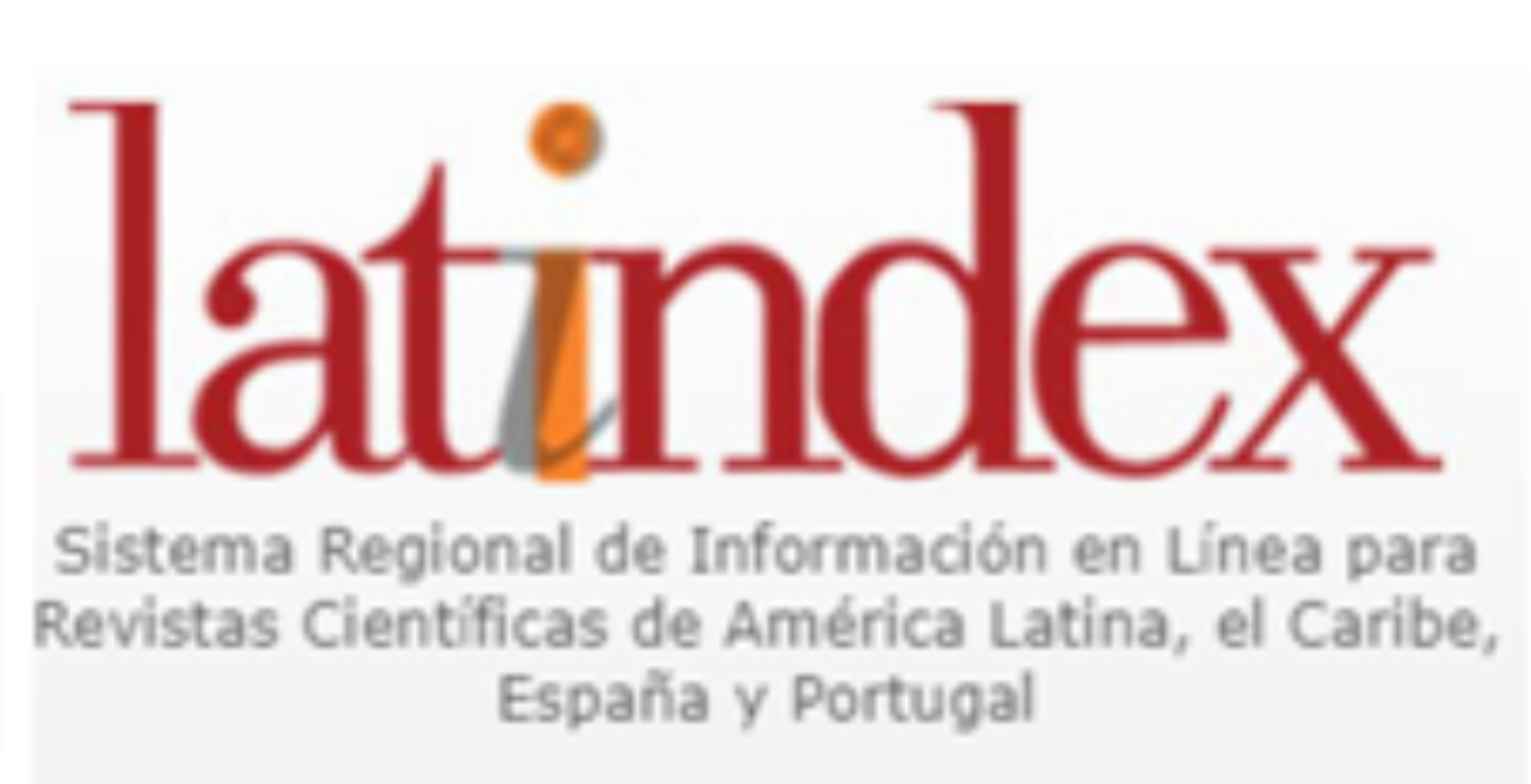CONSIDERATIONS ON TEACHING MULTIPLICATION AS A PRODUCT OF MEASUREMENT IN THE AREA OF MATHEMATICS.
DOI:
https://doi.org/10.56219/lneaimaginaria.v1i22.4171Keywords:
quantities, difficulties in teaching and learning, multiplication, product of measures, representation registerAbstract
This article aims to disseminate aspects related to the forms and meanings associated with multiplication, other than iterated addition. In this framework of ideas, a position on the multiplicative structures and specifically the category of product of measures is offered and its problematic axes are identified. Taking into account the deficit presented by the students at the moment of applying the different concepts related to multiplicative operability, as determined by the MEN in their results of the saber tests. The theoretical-descriptive methodology of documentary type was implemented. Different authors such as: Castro E; J. Hierbert & M. Behr; Reston; Shwartz, J; Raymond Duval, among others, who with their contributions from their theories, facilitate the implementation of multiplication teaching strategies, applied to the circumstances presented in their daily life, were taken as references. As a result, it was defined that the teaching and learning of this mathematical operation is fundamental the use of representation registers (cognitive semiotic theory), the concept of quantity management and the approach on the multiplicative structures and punctually the category of product of measures is proposed as a different meaning of multiplication that enhances the ternary relations. With the purpose of orienting a learning trajectory that allows characterizing the multiplicative tasks under the structure of product of measures and from the representation registers used by the students, with the implementation and analysis of the activities, the use of semiotic approaches and the characteristics for the school work of multiplication from the product of measures and its modalities will be delimited.
Downloads
References
Botero, O. (2006). Conceptualización del pensamiento multiplicativo en niños de segundo y tercero de educación básica a partir del estudio de la variación. (Tesis de maestría). Universidad de Antioquia. Medellín, Colombia.
Castro, M. Ruiz, H. (2011). Estructura Multiplicativa. Aritmética de los números naturales. (pp. 99- 122). Pirámide.
Duval, R. (2017). Semiosis y pensamiento humano, registros semióticos y aprendizajes intelectuales. (Trad. M. Vega). Registros de representación, comprensión y aprendizaje. (pp. 25-84). Valle del Cauca: Cali.
Estándares Básicos de Competencias (2006) Ministerio de Educación Nacional. Santa Fe de Bogotá.
ICFES (18 de octubre de 2023). Resultados Pruebas Saber 2023. https://resultadoshistoricos.icfes.gov.co/login
ICFES (17 de noviembre de 2024). Resultados Pruebas Saber 2024. https://www.icfes.gov.co/difusion-por-regiones-2023#
Lineamientos Curriculares (1998) Ministerio de Educación Nacional. Santa Fe de Bogotá.
Schwartz, J. (1988). Intensive quantity and referent transforming arithmetic. In J. Hierbert & M. Behr (Eds.), Number concepts and operations in the middle grades (Vol. 2, pp. 41-52). Reston, VA: Lawrence Erlbaum Associates.
Vergnaud, G. (2003). El niño, las matemáticas y la realidad. Problemas de la enseñanza de las matemáticas en la escuela primaria. Trillas.
Downloads
Published
How to Cite
Issue
Section
License

This work is licensed under a Creative Commons Attribution-NonCommercial-ShareAlike 4.0 International License.
La revista Línea Imaginaria conserva los derechos patrimoniales (copyright) de las obras publicadas, que favorece y permite la reutilización de los mismos bajo la licencia Creative Commons Atribución-NoComercial-CompartirIgual 4.0 , por lo cual se pueden copiar, usar, difundir, transmitir y exponer públicamente, siempre que se cite la autoría y fuente original de su publicación (revista, editorial, URL y DOI de la obra), no se usen para fines comerciales u onerosos y se mencione la existencia y especificaciones de esta licencia de uso. Si remezcla, transforma o crea a partir del material, debe distribuir su contribución bajo la misma licencia del original.

